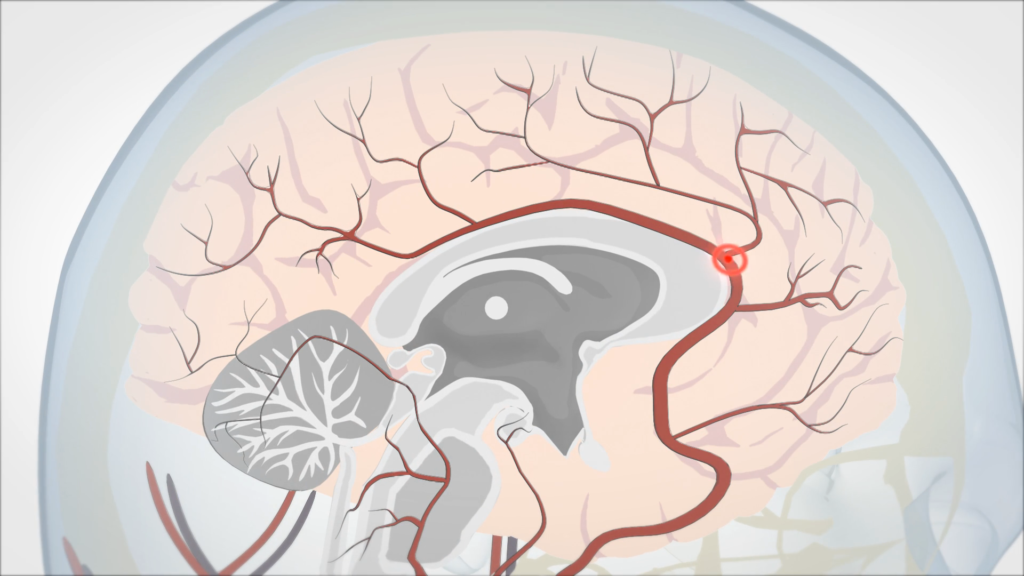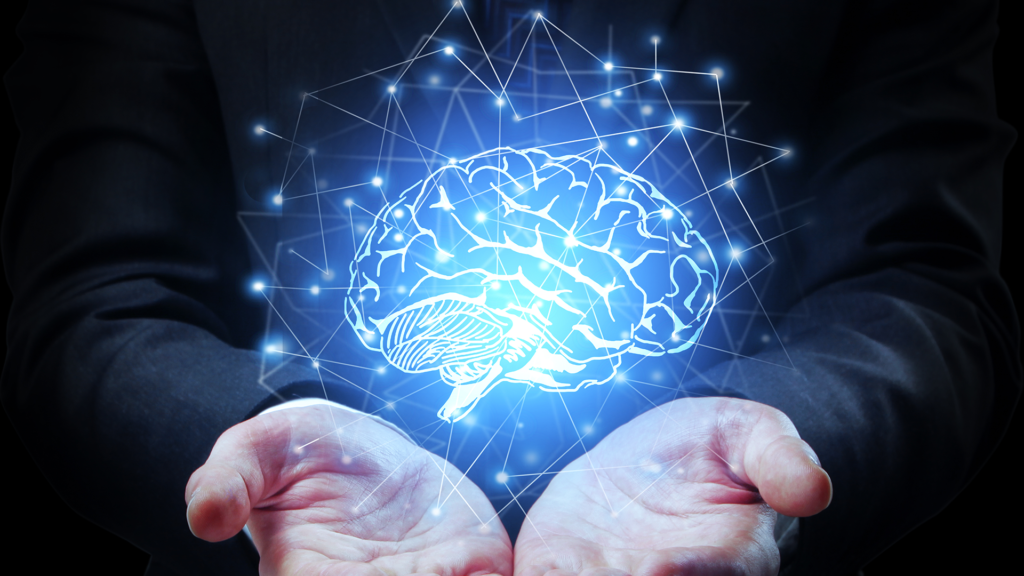Success in any walk of life requires the ability to learn and apply knowledge in creative and effective ways.
Whether you’re providing education in a school, university or business setting, developing the cognitive function of your students is your number one priority. Yet many of the educational environments today are insufficient. The learning process provided by traditional methods does not stimulate students and makes learning laborious.
It’s well-known that students are more capable of learning when they perform tasks for themselves. Yet most education exercises are given orally. Whilst visual images and oral instructions can be a useful way of providing information, they are not highly effective tools for learning.
The human brain is only able to retain a small percentage of information – even less when the student is not stimulated. As a result, the best method of learning in the current paradigm is repetition.
“VR gives us the power to scale and make learning more dynamic and engaging. A relatively small VR device can even act as a whole science lab.” Adobe
What Does VR do to the Brain?
Scientific research in the fields of neuroscience and psychology has revealed the brain creates a mental map of an environment from information that is absorbed through the five senses. The information subsequently becomes our perception of reality and the more information we take on-board the more our cognition develops. When we see something that is familiar, the brain predicts what will happen next.
However, when the brain does not have any practical experience of a situation, what prediction will it make? The reaction will be based on information that is stored in the memory.
VR has the ability to rewire the brain and enhance neural connections that are needed for learning and memory. In a simulated environment, the brain is seeing and doing exactly what is required – it is not filling in the gaps. As a result, students and trainees can learn quicker and more effectively.
“VR technology can enable more effective learning at a lower cost and in less time than many traditional learning methods.” – Deloitte Insights
VR headers are designed to totally immerse users in the virtual simulation. Their sight, hearing, smell and touch are absent from the real world thus the brain thinks the virtual world is real. Because of this the cells take in information and create “schemas” that impact how students will react to a real-world environment. Furthermore, new synapses are formed which could help students improve how people learn in other areas of their life.
VR Enhances Memory
In the 1880’s, the eminent German psychologist, Hermann Ebbinghaus showed how difficult it is for people to retain information. He called his hypothesis ‘the forgetting curve’. In educational environments that use oral and image-based learning methods, the average person will forget 50% of the information within the first hour. By the next day, we have forgotten 70 percent of the details and, without recitation, we only remember 10 percent of the information after a month.
One of the most significant attributes of VR is the ability to prompt emotional reactions. Because the brain believes a VR simulation is a real-life situation, the emotional reactions that are triggered heighten the user’s capacity for learning.
Studies into the role of emotions and memory have discovered that we recall situation easier when emotions are aroused, and not how significant an individual considers the event. The benefits of VR for learning are therefore clear.
Researchers at the University of Maryland confirmed that a virtual environment enables people to improve the amount of information they recall.
The study involved 40 participants that were asked to perform a task using a VR headset and again by using their own co-ordination. When participants used VR headsets, the results engineered an 8.8% improvement in memory performance.
Immersion Makes Users “Present”
A study performed by the Department of Psychology at the University of Regensburg found the most effective methods of teaching using VR was when the user’s emotions are aroused. Researchers also made a connection between learning curves and how present, or involved, users were during their experience. Students that are not engaged retain less information and are less prepared to apply the knowledge they do have to real-life situations.
VR simulations are enhanced to be interactive so that users are more present. Essentially, immersive learning optimises the efficiency of training and enhances the learning experience. With the ability to transport students and trainees into real-life situations without any risks, science has shown VR has to be the way forward for educational institutions and industry. The world needs experts that perform their roles to the highest standards. VR helps to develop expertise.
If you are unfamiliar with the virtual reality production process, this blog post What to expect when you work on a project with Sliced Bread might serve to help you, it provides a complete guide on how we typically approach our projects, from concept to final delivery. It also provides information on how we structure our fees and plan the production schedule. Or feel free to drop us an email at info@sbanimation.com. You can also view our LinkedIn business page here.











